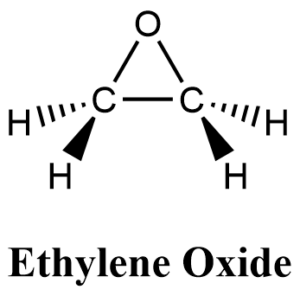Last week, the Environmental Protection Agency (EPA) announced new regulations to reduce ethylene oxide emissions. According to the EPA’s press release, the new regulations are “the strongest measures in U.S. history to reduce emissions of [ethylene oxide], one of the most potent cancer-causing chemicals.” The new regulations can be found here. The press release states that the regulations will affect “nearly 90 commercial sterilization facilities . . . owned and operated by approximately 50 companies.” The regulations require installation of air pollution controls to reduce emissions by more than 90%. The regulations are intended to reduce lifetime cancer risk for those living nearby sterilization facilities.
According to the Food and Drug Administration (FDA), ethylene oxide is “an important sterilization method that manufacturers widely use.” Sources indicate that, in the U.S., ethylene oxide sterilizes about 50% of all sterile medical devices — 20 billion devices annually. For certain medical devices, ethylene oxide may be the only realistic option for sterilization. For example, the FDA writes that ethylene oxide is typically used to sterilize “[m]edical devices made from certain polymers (plastic or resin), metals, or glass, or that have multiple layers of packaging or hard-to-reach places (for example, catheters).”
Though previous reports suggested that some commercial sterilization facilities are already in compliance with the new regulations, the EPA estimated that industry costs to comply with the regulations would be $220 million for one-time costs and an additional $68 million annually. However, other analysts have estimated that industry costs could be “significantly higher than the EPA’s estimates.”

